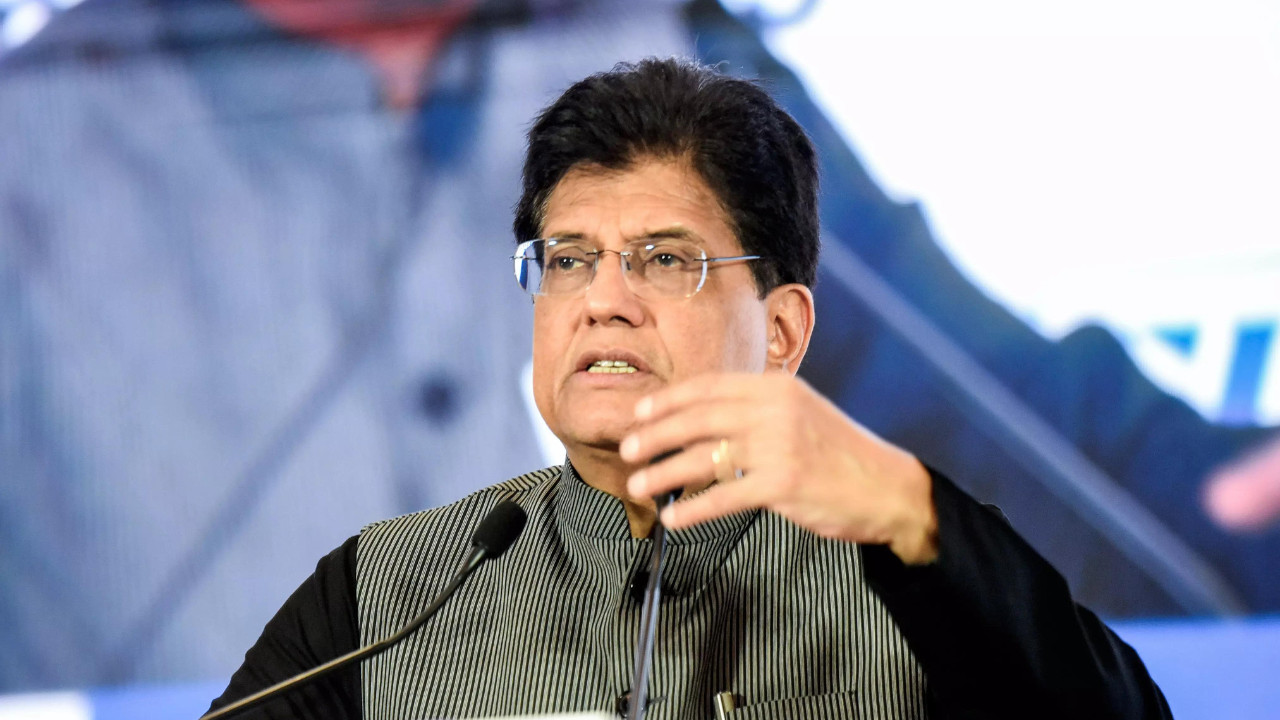Despite potential disruptions from US tariffs, India’s robust domestic market and minimal export dependency position it favorably. Moody’s suggests India could even benefit long-term from America’s high duties.
Trump’s Back, But Will His Tariffs Bite India? Maybe Not As Much As You Think.
Okay, let’s talk trade. And more specifically, let’s talk about the elephant in the room (or perhaps, the blonde toupee in the room): Donald Trump’s potential return to the White House. We all remember the last time, right? Trade wars, tariff threats, and a general sense of global economic unease. Now that he’s vying for another term, the question on everyone’s lips is: could another Trump presidency throw a wrench into India’s economic gears?
While the prospect of renewed tariffs might sound alarming, the picture for India isn’t quite as bleak as it initially appears. In fact, there are some compelling reasons why India might actually be relatively well-positioned to weather another round of Trumpian trade tactics. Buckle up, because we’re diving into the details.
First off, let’s remember the lessons learned. The last time around, India wasn’t exactly a passive bystander. The government and Indian businesses proactively worked to diversify export markets. The U.S. wasn’t the only game in town, and efforts were ramped up to forge stronger trade relationships with other nations, particularly in Southeast Asia, Africa, and even within the BRICS nations. This diversification cushion is crucial. Think of it like spreading your investments – you’re less vulnerable if one sector takes a hit. And honestly, this diversification strategy was a good thing regardless of Trump; relying heavily on a single market is never a prudent long-term strategy.
Secondly, India’s growing domestic market is a powerful buffer. While exports are important, India’s internal consumption is a force to be reckoned with. A massive and increasingly affluent middle class is fueling demand for goods and services, lessening reliance on external markets for overall economic growth. Imagine the sheer volume of smartphones, cars, and consumer goods being bought and sold within India every single day. That internal engine provides a significant degree of insulation against external shocks. It’s not a perfect shield, of course, but it’s certainly a significant advantage.
Then there’s the fact that India is no longer the “developing nation” of decades past. The country has rapidly industrialized, developed its technological prowess, and is now a significant player in the global supply chain. This increased sophistication allows India to compete more effectively on a global scale, even when faced with tariff barriers. Indian companies are becoming increasingly adept at navigating complex international trade regulations and finding innovative ways to remain competitive. They’ve learned to play the game, and they’re getting pretty good at it.
Another factor often overlooked is India’s strategic geopolitical positioning. The country is increasingly seen as a counterweight to China in the Indo-Pacific region, a view shared by the U.S. This strategic importance gives India a certain leverage in trade negotiations. While no one expects India to be completely immune to tariffs, it’s reasonable to assume that the U.S. might be more hesitant to impose measures that could significantly weaken a key strategic partner. Think of it as a subtle advantage in the bargaining room.
Of course, it’s not all sunshine and roses. A renewed trade war would undoubtedly present challenges. Certain sectors, like textiles and specific agricultural products, could still face headwinds. The global economic uncertainty generated by such a conflict could also dampen overall demand, impacting India’s growth prospects. The key lies in how proactively and strategically India responds.
The Indian government needs to double down on efforts to streamline trade processes, reduce bureaucratic hurdles, and invest in infrastructure to further improve competitiveness. More than that, fostering innovation and skill development within the manufacturing sector will be crucial to moving up the value chain and producing goods that are less susceptible to tariff pressures.
Ultimately, while the potential return of Trump’s trade policies is a legitimate concern, India is arguably in a stronger position to navigate those challenges than it was just a few years ago. A diversified export base, a robust domestic market, growing industrial sophistication, and strategic geopolitical importance all provide a degree of resilience. The key will be agility, adaptability, and a proactive approach to navigating the evolving global trade landscape. It won’t be easy, but India has the potential to not just survive, but potentially even thrive, in a potentially turbulent trade environment. And that’s something worth keeping an eye on.
📬 Stay informed — follow us for more insightful updates!







